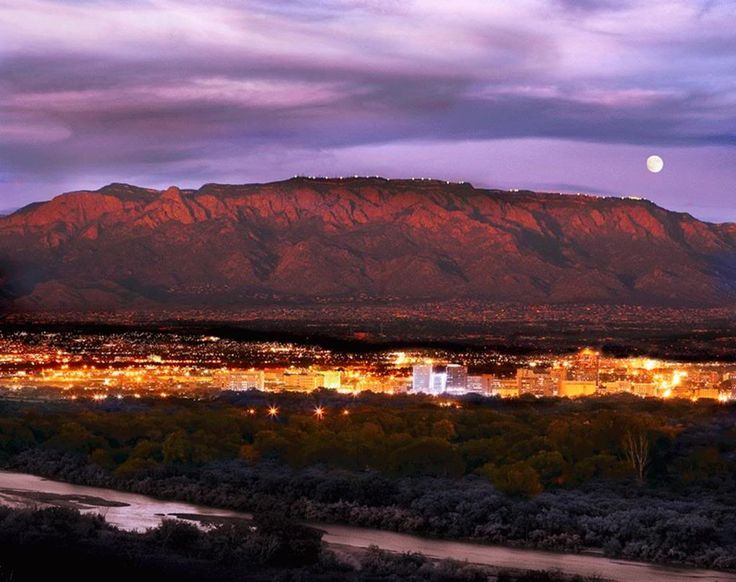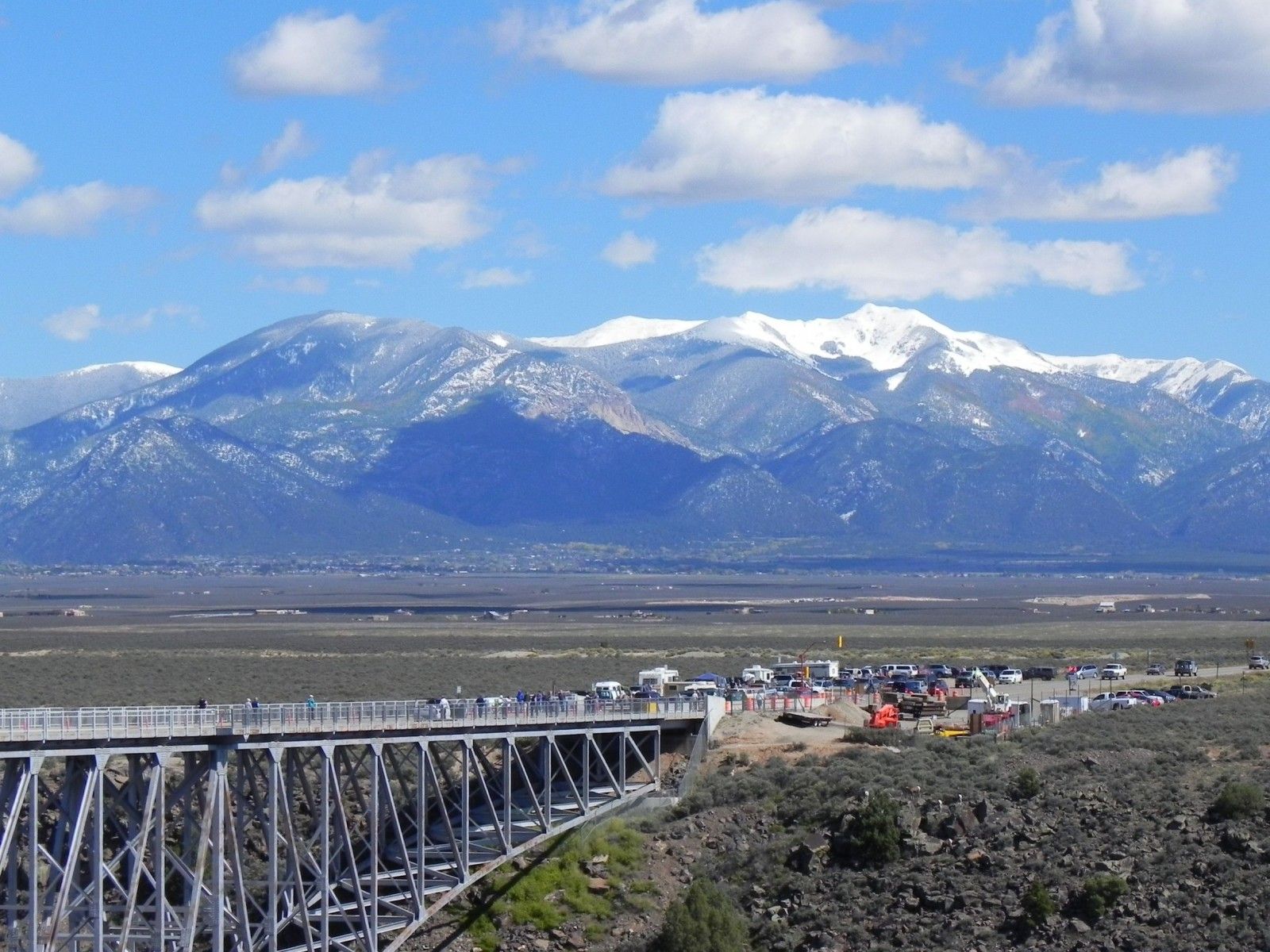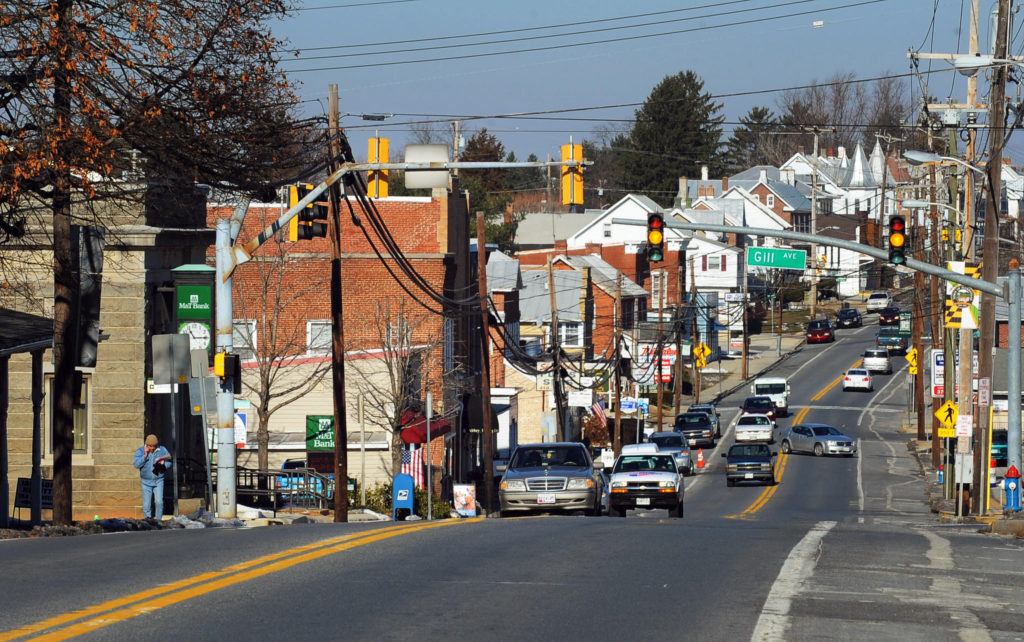
Living in a place surrounded by natural beauty, was one of those things, like a mouth full of strong, healthy, pain-free teeth or not having any debt, that I only truly learned to appreciate once I began to know it’s absence. I’d spent much of my childhood and formative years in places that were scenic, the houses I lived in as a kid were places from whence any amateur photographer wouldn’t have to drive more than 30 minutes to find a shot worthy of a postcard that tourists would want to buy. These were places near state parks that were frequented by tourists who came from less pristine areas to marvel at the relatively unspoiled landscapes. From seven to fourteen I lived in Watauga County, North Carolina near the town of Boone. Watauga County, which is located in the Appalachian Mountains and is home to a section of the Blue Ridge Parkway (a National Parkway that links Shenandoah National Park to Smokey Mountain National Park) as well as two state parks. Aside from skiing in the winter, the big draw for tourists visiting Watauga county was to see the leaves turning color in autumn.

From ages fifteen until I was eighteen, when I left home, I lived with my folks in Gallup and then Farmington, both in New Mexico. Those who know the area may snicker at the thought of Gallup and/or Farmington being considered places of any aesthetic value. Though they may not be on the level of Monument Valley, Arizona, Gallup and Farmington are places with colorful deserts some cool rock formations (though not near as cool as Arches or Zion in Utah) and skies that are clear and blue most of the year. Even if you don’t care for the desert, you can at least admit the landscape has more to look at than places that have been conquered by suburban sprawl or monocultural farmland.

Once on my own, I lived in the New Mexico’s biggest city, Albuquerque, which then (2005) ha a staggering population of around 700,000 including the adjoining “metro” area. I spent a summer in gorgeous Taos, and finally, after a stay in six months in San Francisco, California, as part of another story for another time, spent about a year and a half in Santa Fe before leaving the Land of Enchantment behind. While not often thought of as terribly charming, Albuquerque does have the Sandia and Manzana Mountains in the East and the Volcanoes out to the West. It’s great to be able to catch a glimpse of mountains from the middle of a city. Albuquerque also does have some unique charm and historic architecture dating back to Spanish colonial times.

Taos is in a truly picturesque valley with great, soaring mountains in many directions as well as historic architecture that makes up a much bigger proportion of the town itself, which was then only a mere 5,600 and is now 5,700. Santa Fe, while not as cute and charming as Taos, compensates by having more of the job opportunity and housing availability of a medium-sized town then of 73,000 (now closer to 83,000.) It has a lovely historic downtown as well with Spanish Colonial architecture that is much more famous than the same in Albuquerque and makes a lot more money from tourists. Santa Fe, as well as Taos, even passed strict zoning laws for buildings (in the whole town for Taos, only in the downtown area for Santa Fe) to be “adobe style” which amounts to a layer of adobe-colored stucco and maybe some fake vegas. While this may sound silly and unappealing, it’s actually better than the default new architecture of most American cities, even those with a lot of money like San Francisco.

When I decided to leave I wasn’t particularly tired of New Mexico so much as I wanted to see what more there was in the world, or the United States at least. I’d done a bit of travel before and couldn’t help but feel a bit stifled by residing in a state whose biggest city had a mere 600k population. A place that doesn’t even hold that much significance for most citizens of America, if they knew it existed at all.

My means of getting out of New Mexico came in the form of the start of my career as a Bikram Yoga teacher. I had started doing Bikram Yoga during my six-month stay in San Francisco and had gotten into it again in Santa Fe where there was also a studio. Not knowing what else to do and not wanting to work at Trader Joe’s the rest of my life (I’d worked there from the second week after I arrived until I moved away a year and a half later) I convinced my parents to lend me the money to attend the next Bikram Yoga Teacher Training.

Most styles (schools, methods, however you want to call the different organized yoga institutions) have official teacher trainings where you pay and go to get certified to teach a given style. Bikram Yoga, at that time, had trainings in the spring an fall and the next was the fall training in Hawaii.
My plan was to meet a visiting teacher at the training and move wherever they lived and teach there. The trainings for Bikram were run by a small core of paid staff and then visiting teachers, many of whom were also studio owners who would come for a week or so to volunteer to facilitate the training.
The full story of my career as a yoga teacher is for another document. However, I will give some explanation here about what led me to move from Santa Fe to Baltimore. The training to become a teacher was nine weeks and took place in Honolulu, Hawaii. I’ll also say that the exotic locale was pretty arbitrary since all of the training took place inside the hotel, and there was no mediation or asanas on the beach or under the stars. While at the training I did indeed meet studio owners, a couple, who were looking for a new teacher (in the Bikram Yoga, you can’t be a studio owner without also being certified as a teacher). Their studio was in the suburbs of Baltimore. The husband was the main one to recruit me and when telling me about the town where his studio was located gave me the disclaimer “it’s suburbia” I didn’t care.
It didn’t matter where I was going to live if I got to be a yoga teacher for my full-time job, or so I thought. Though it sounds like I might have had my head in the clouds, like I was incredibly naïve, I thought myself to be pretty grounded. My attempt at being a traveling hippy going from Burning Man to San Francisco and kind of getting stuck there had taught me a hard lesson about the limitations of the law of attraction and the belief that optimism alone (without pesky things like planning and hard work) can give you the life you want.
I had gotten pretty fed up with Trader Joe’s, didn’t know what else I’d do for money, wasn’t too keen on trying university again and figured if I was working a job (dare I say, a career) that I cared more about, it wouldn’t be as important where I was living. So what if the place wasn’t as hip as Santa Fe? So what if there wasn’t a downtown with a bunch of four-hundred-year-old adobe buildings and many were that weren’t as old but were still in keeping with the adobe style and succeeding in being soulful? So what if there weren’t mountains on the edge of town always hovering on the horizon like benevolent giants? So what if there was no pretty dessert of reds and yellows stretching to the horizon? So what if the sky was overcast half the year?

After a couple months in Cockeysville, I had my answer. Those things all did matter, to me, a lot. Part of the problem might have been that I’m not the most social guy. I don’t get a lot of my inspirational charge from being social, connecting with friends or a girlfriend. I’m pretty introverted and like to spend a lot of my free time going on walks, staring at the sky and off toward the horizon, reflecting, thinking, daydreaming. And in the area I was living, that activity was nowhere near as pleasant as it was in Santa Fe. It was in fact, less pleasant than any place I’d lived that I had a clear memory of.
The natural landscape of Cockeysville and all of the area for several hundred miles in all directions (except East) is typical of Mid Atlantic, lush and green with some hills but nothing that could be called a mountain by any stretch of the imagination. The thing about a place having any natural beauty, any sights to see for what is provided by mother nature is that those things need to appear unspoiled. Cockeysville, and all of the suburbs north of Baltimore live up to the reputation of suburbia being a hideous mess of commercial and residential zones centered around private motorcar transportation. Yeah, there’s green and trees aplenty, but it’s about as aesthetic as weeds that might spring up through the concrete in an ugly office park.
The funny thing was, I really wanted to like the place. Part of it might have been not wanting to think that I’d made a mistake by moving there. The more conscious aspect was that I was aspiring toward some vague ideal of enlightenment and equanimity. I wanted to be the serene, cheerful soul whose emotional state wasn’t so affected by life circumstances. Great men (it’s easy to think you know how to aspire to greatness in your early 20’s) had learned to be happy in prisons and as quadriplegics, shouldn’t I be able to be happy, nay, joyful, in an upper middle class suburb north of Baltimore even if it wasn’t the most picturesque of places?
The truth was, not only was I a bit of a hermit, I wasn’t getting that much joy and satisfaction out of my job. Not enough to counter the dullness of frequently overcast skies, no views, and no cool places to hang out.
During the first few months, I made a few trips into the city of Baltimore itself. The last four months or so that I was there, I taught at a studio in the Hampden neighborhood once or twice a week. The actual city was a major improvement over the suburbs, but it failed to captivate me. I didn’t have any ideas that moving into the city would meet my needs for a more aesthetic surrounding in terms of beauty be it natural or man-made.
I would hear planes fly over and fantasize about being on them not quite with an “anywhere but here” desperation but with the vague thought that there were many places that I’d like better. That I needed to figure out where they were and how I could live there instead.
I didn’t really want to return to Santa Fe. I could not have taught yoga for my full-time job there. I didn’t want to return to Trader Joe’s, didn’t know what else I’d do and really wanted to teach full time and knew that possibility existed many places, mostly metropolitan areas.
When a friend of mine from teacher training who I’d kept in touch with told me they were looking for more male teachers at her studio I knew that was something I really wanted to do. She was at a studio in San Francisco, the one where I’d first practiced Bikram Yoga in fact. Where I had lived before. I’d had some issues when I’d lived in San Francisco at a hostel as part of a not-so-happy attempted traveling hippy. But if I could live there and teach yoga I knew it would be better.
In spite of my troubles living there before. San Francisco had charmed me. The sight of the fog rolling in over the hills. The hills, all the hills, anywhere it seemed you could walk for thirty seconds and find a breathtaking view, in every direction. There was a special feel to the place, with the Pacific Ocean on one side, the Bay on the other, Marin Headlands to the North across the Golden Gate Bridge and The San Bruno Mountains to the South.
When I came out to interview and audition for the teaching job I was overwhelmed by the beauty of the city and the area. The hills, the views of the mountains in the distance, it almost brought me to tears. I got the job and moved out. Though incredible luck, I got a very good deal on rent at a place two blocks from John Mclaren Park. McLaren is actually the second biggest park in the city by area after Golden Gate but is criminally underused perhaps due to not being near any hip commercial districts like Dolores Park located in the Mission District. I hiked up through the park my first evening in San Francisco as a resident. I could die here I thought. I would be happy to.

